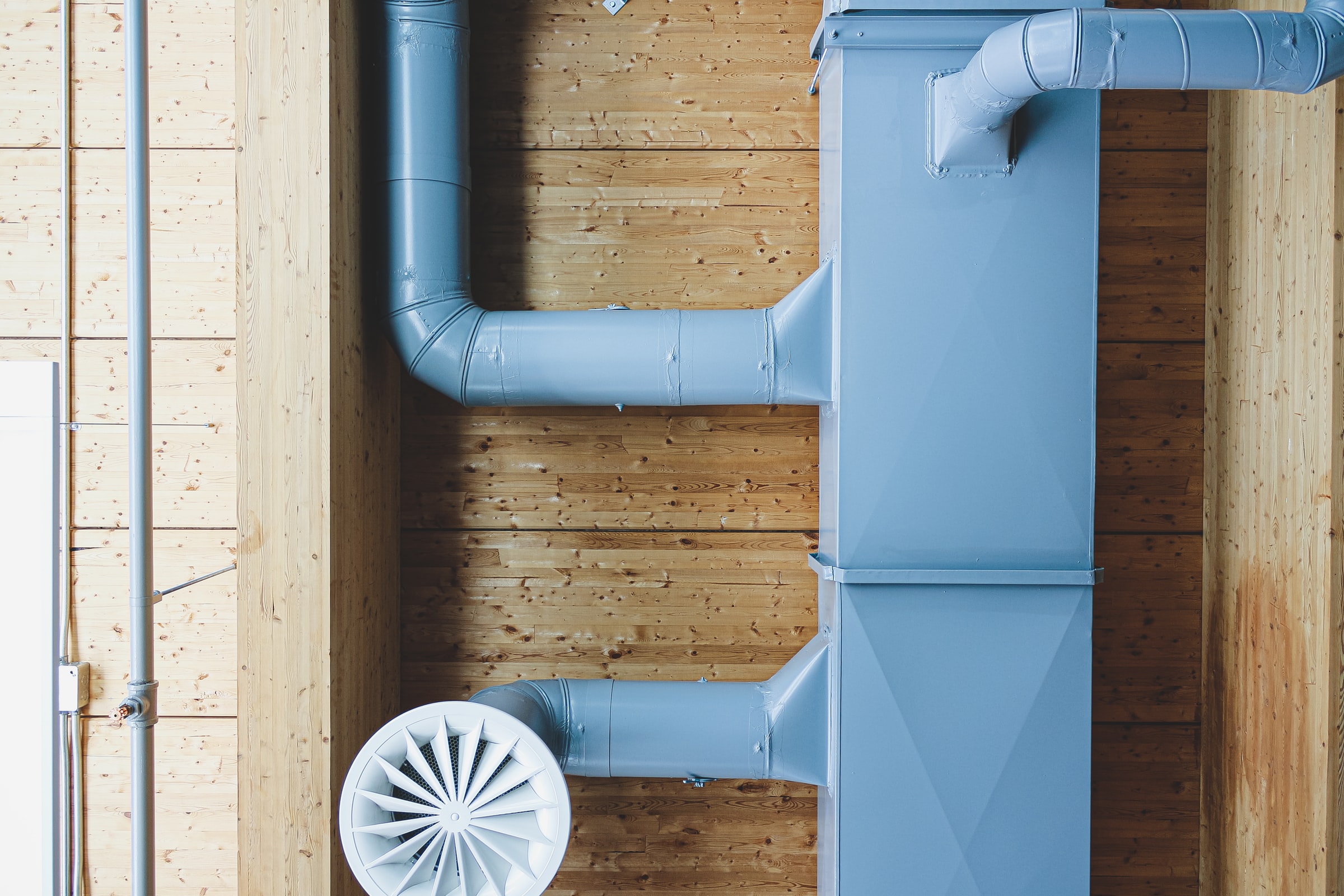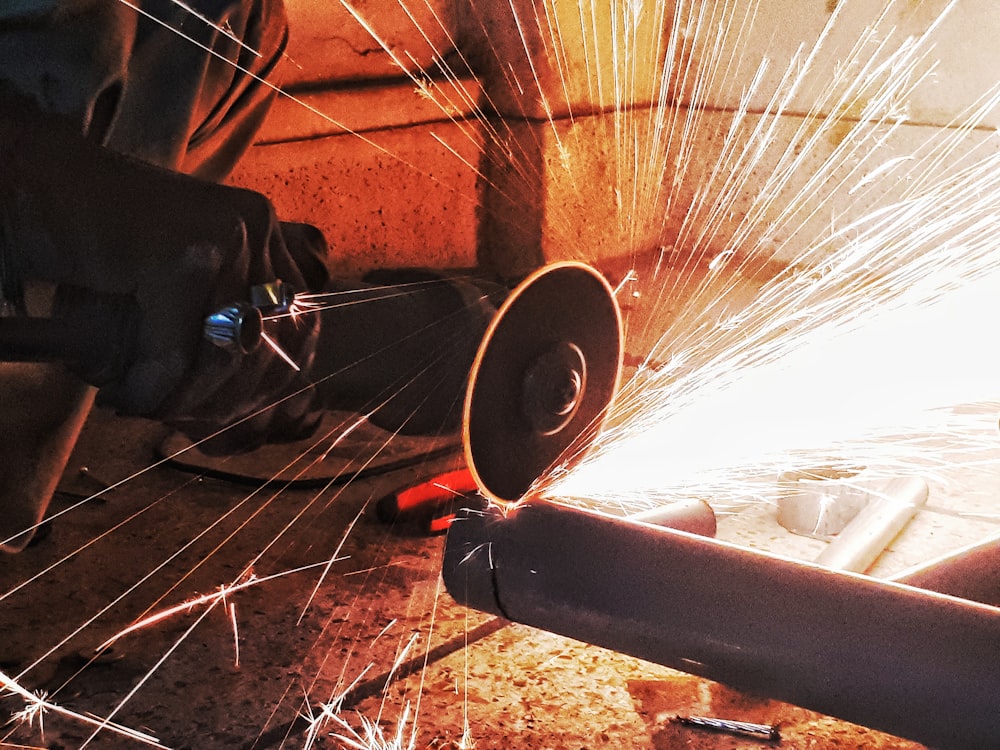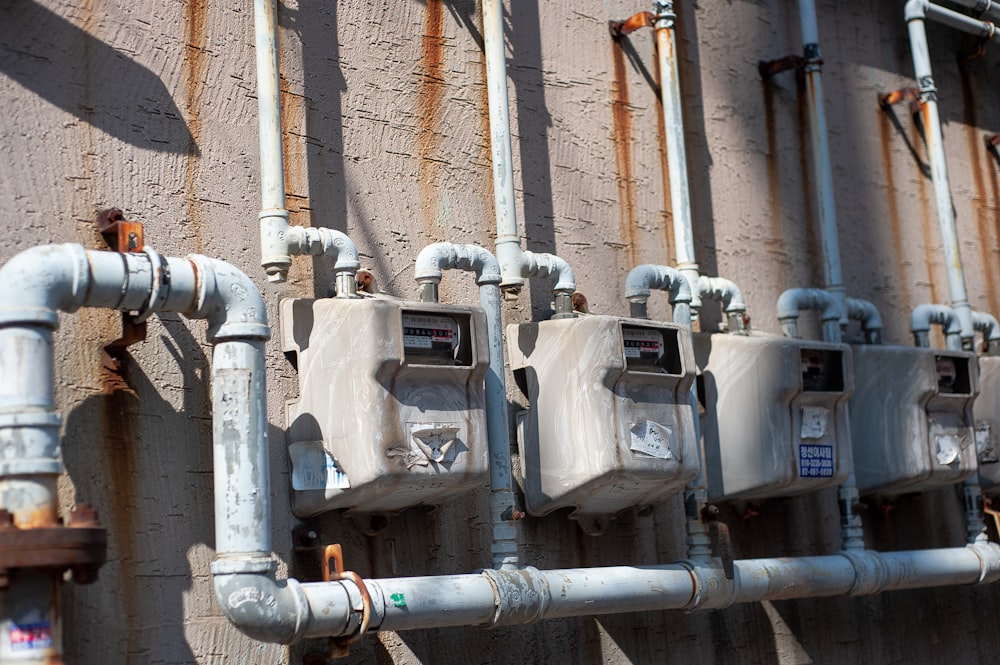A pump is a small pump that’s also normally positioned in the bottom portion of a home, such as a cellar or a crawling area – Sump-pump.
Types
Sumps are frequent in locations where a lot of rain or large snow might flood the cellars as they melt. Sumps are popular in parts of the country. They help to distract water from the basis where, if required to receive, they might cause serious damage. A sewage lift pump is another sort of pump. These pumps are part of independent systems and are commonly found in residences over the basement level of the septic system. Homes with cellars have this kind of pump regularly. It raises the sewage to the sewerage pipe from the basement.
How Does It Function
To comprehend how you work, part of the explanation, “So what was the pump?” In a specifically built pit with base gravel, a sump pump is normally fitted. The pump switches on when the pit is filled with water. The pump pulls the water out of the home through pipes that do not damage the foundation. David Leroy Plumbing’s professionals are adept at explaining all the nuances concerning the operation of a pump.
Systems Closed Or Open
One thing necessary to determine if a sump for your home aquarium needs (or even wants to have) is if your fish tank is an open or closed water system.
The tanks are mostly closed. Water can not flow out in a closed system. Canner filters, UV sterilizers, and fluidized bed filters are all closed systems. All systems are closed. Water is pumped through a sterilizer or filter and returned from the fish tank through a tube to a location within the tank. This is called a closed system since the course of the water doesn’t contain or regulate it. There isn’t a sump required for closed systems.
Open systems also have a chance of protection – or are anticipated to escape – by water in the system. Open systems are trickle filters and protein skimmers. This device is designed for the flow of water, air, or garbage with apertures. Because these systems are open, something can (or does) flow through the water that needs to be captured. Although they can be installed to return to the tank, it is usually the swamp that captures this overflow.
Sump Size
As your aquarium’s major objective for installing a sump is to avoid water (or aquarium waste) spilling over to the ground, you need to make sure the sump is large enough to deal with it in the event of a problem.
This generally implies that in the event of a power failure, your swamp must contain any water which can drain from the pipes, filters, or anything else. The sump should not be able to hold all of the water into a tank as well. In case of power loss, the tank should not be able to empty. The swamp just has to hold all the water in pipes, tubes, or other containers that first of all allow water to flow into the swamp.
The quickest technique is to get all up and running, and then switch the power off to the tank and let the water drain into the swamp. This tells you how much water drains into the swamp. Please fill the swamp close to the top while the power is still out. Then re-activate power. When the water is pushed into all the systems from the swell, you notice the level of water falling down in the swell. Within a few minutes, perhaps a half-hour, you should note that the water level in the swamp decreases. If you are running the right sump to the system, you should still have enough water to provide a safe operation through the pump.
we offer Crack-free plumbing that won’t break the bank. call us immediately!



